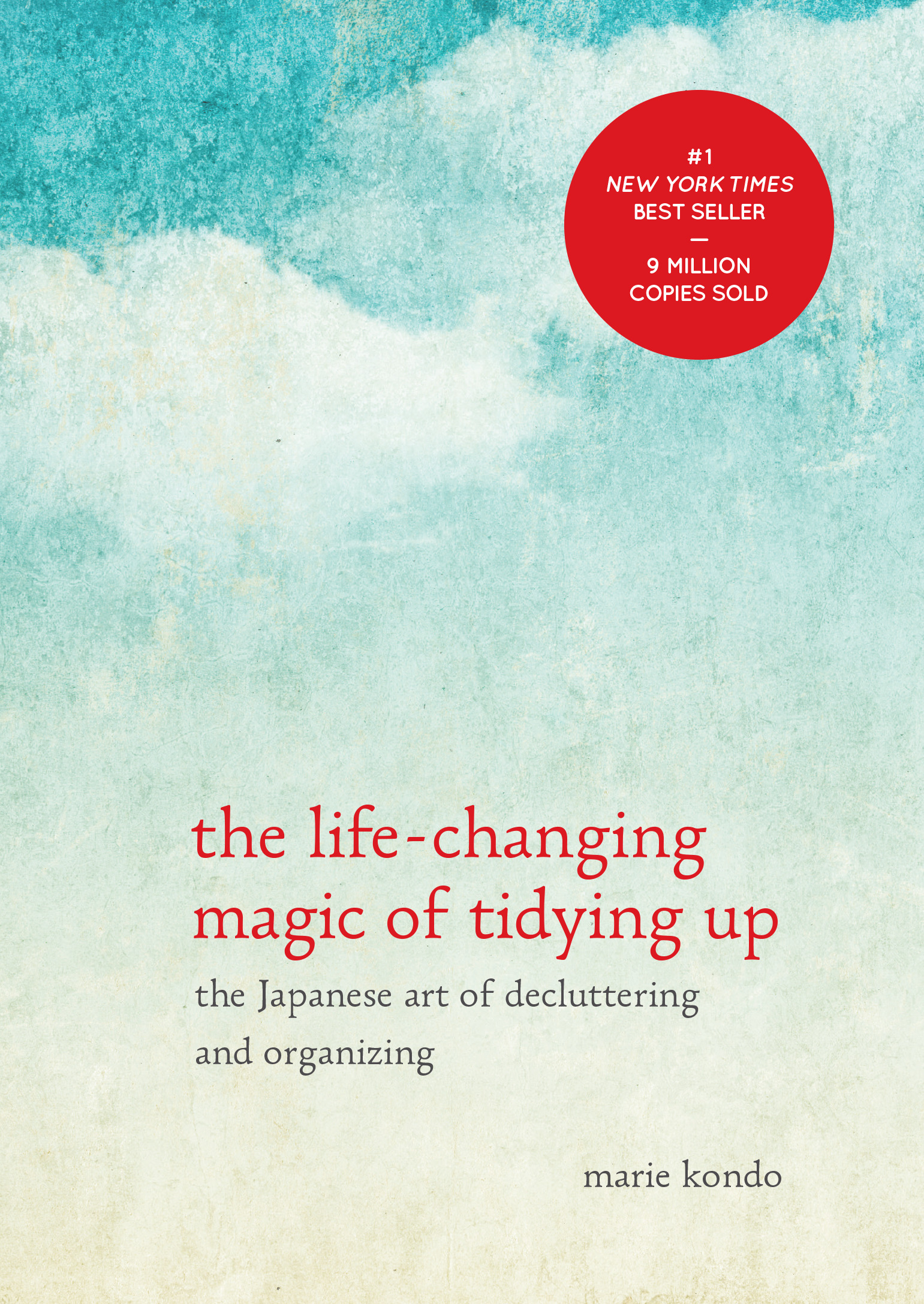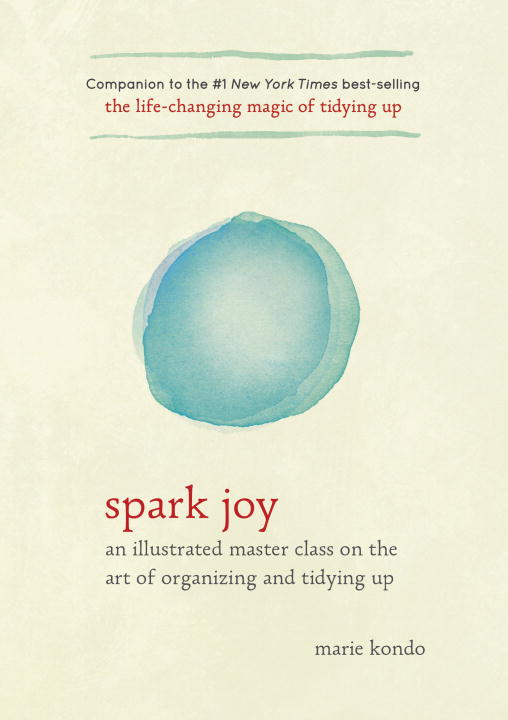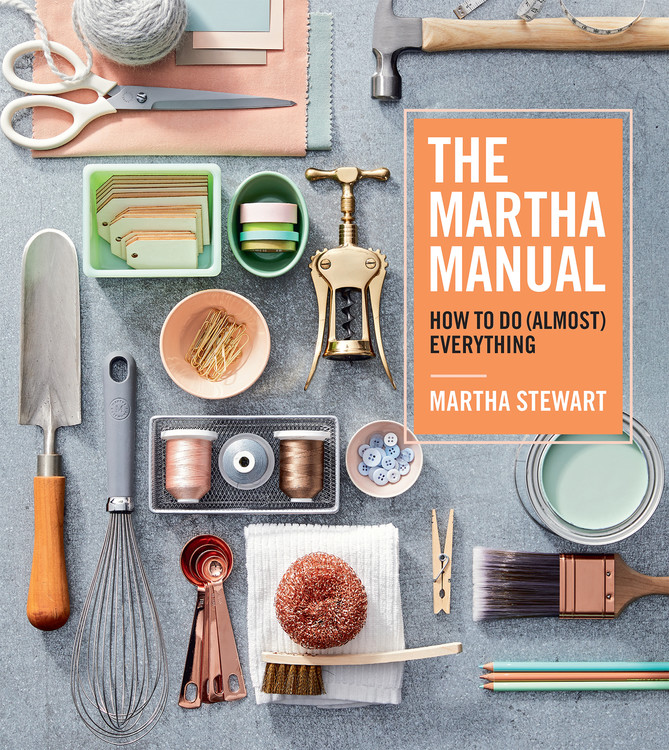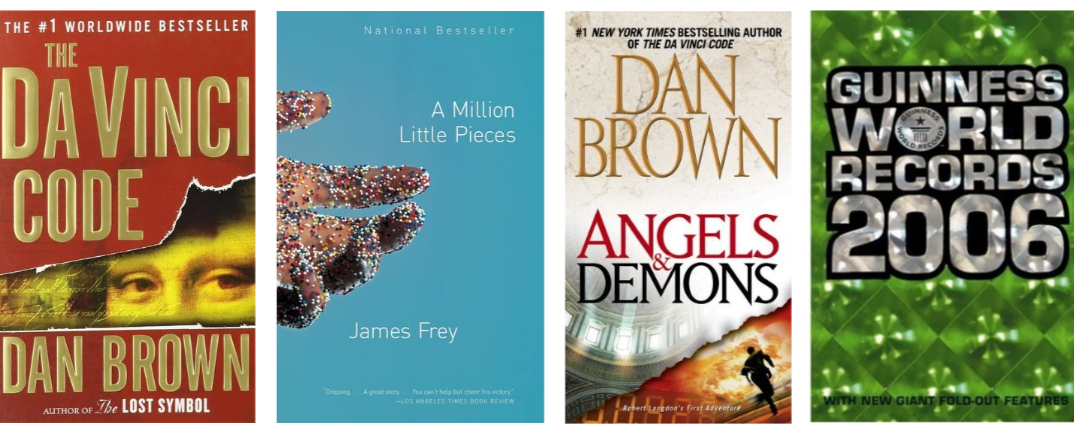Marie Kondo: Maybe you've heard of her? The tidying maven who's helping us to declutter and reconsider our mindless consumption? She brought her KonMari method to North America in 2014 and kickstarted a tidying and organizing craze that has spawned two English-language books, one Manga adaptation, and a Netflix series.
We all know her books have sold like hotcakes since 2014. But what exactly does that look like? And what effect have these sales had on the entire, overall BISAC category: Non-Fiction / House & Home / Cleaning, Caretaking & Organizing (HOM019000)? We took to our handy sales-tracking service for the Canadian English-language trade book market, SalesData, to find out.
Marie Kondo's book sales
We looked at all of Marie Kondo's books with print sales in the Canadian English-language trade book market that were categorized under the Non-Fiction / House & Home / Cleaning, Caretaking & Organizing BISAC code. (For those of you interested, the ISBNs are: 9781607747307, 9781607749721, 9780399580536, 9780804189095, 9780735207783, 9781410484406, and 9780091955106.) We took the results and graphed the print unit sales since 2014, by quarter. Her first book published in Canada, The Life-Changing Magic of Tidying Up (9781607747307), was released in October 2014. And her second book, Spark Joy (9781607749721), was published in January 2016.
Print unit sales of Marie Kondo's books by quarter, 2014-2019
Sales of her books really started to take off in 2015 with the peak happening in 2016.
Every time there's an article decrying the Kondo method, sales of her books around the world double. Okay, we joke, but in this case, controversy really is good for sales. Articles from 2016, like Why decluttering guru Marie Kondo is wrong; 7 Reasons I Disagree with Marie Kondo’s “The Life-Changing Magic of Tidying Up;" and Marie Kondo, Tidying Up and the Ruthless War on Stuff, all appeared online around the same time as the biggest sales spike for Kondo's books.
Since the peak in 2016, there have been a couple of sales bumps, one in 2017 and a smaller one in 2018, both happening in the first quarter of the year likely around "new year, new you" promotions. ("This year I will conquer my clutter!") The second-largest surge in sales happened after the release of her Netflix show, Tidying up with Marie Kondo, early in 2019.
Let's zoom in on that period to see how that spike breaks down week by week.
Weekly print unit sales of Marie Kondo's books after the Netflix show was released (weeks ending Jan. 6, 2019 to May 12, 2019)
Looking at the graph above, we see that interest in the books peaked the week ending Jan. 20, 2019, and that it's been diminishing slowly since then, right up to the last week we have data, the week ending May 12, 2019.
The Netflix show sparked the second wave of Kondo backlash, which, oddly enough, seemed to centre around Kondo's approach to purging book collections: Keep your tidy, spark-joy hands off my book piles, Marie Kondo; Marie Kondo doesn't really want you to throw away your books; Marie Kondo to Bibliophiles: No, You Don’t Need to Throw Away Your Books.
While these think-pieces coincided with the second-largest sales spike of Kondo books and for books in the sub-genre as a whole, we also see interest in Kondo and her tidying reflected in the Google trends data for the terms "Marie Kondo" and "tidying."
If we look at the period from October 2014 to the end of the first quarter of 2019, we can see that there wasn't much interest for those two search terms until roughly the first quarter of 2016. But that's low compared to the search interest just after the launch of the Netflix series in January 2019.
When we look at search trends for the phrase "spark joy," that's where we see the 2016 book-buyer interest reflected: Search interest for that term was as high at the time of Kondo's sales peak in 2016, as it was in the first quarter of 2019. ("Spark joy" is a central tenet of the KonMari method where you examine each of your possessions to determine whether they spark joy within you. If yes, you can keep that joy-sparking item. If no, you thank them for their service and chuck 'em. We're paraphrasing. It's also the title of her second English-language book published in January 2016.)
So the tidying trend looks tied to Kondo, but has this craze spread to boost sales of books by other authors?
Book sales in the Cleaning, Caretaking & Organizing sub-genre
So what did the print sales for the Non-Fiction / House & Home / Cleaning, Caretaking & Organizing category as a whole look like from 2014 to the first quarter of 2019?
Print unit sales for the Non-Fiction / House & Home / Cleaning, Caretaking & Organizing category by quarter, 2014-2019
The trend line is pretty similar to the graph of just the Marie Kondo books above: a big spike in 2016, a couple of bumps in the first quarters of 2017 and 2018, and then the second-largest spike in the first quarter of 2019. If we pull out the sales of the Kondo titles, the graph looks quite a bit different.
Print unit sales in the Non-Fiction / House & Home / Cleaning, Caretaking & Organizing category minus any Marie Kondo titles by quarter, 2014-2019
Sales of books in the Cleaning, Caretaking & Organizing sub-genre are pretty steady from 2014 to 2016, when we remove the blockbuster Marie Kondo ISBNs. There are little bumps in the first quarters of 2014, 2015, and 2016 that are, again, likely to do with new year promotions.
Sales in the sub-genre start trending up slightly in 2017, with a large spike in the final quarters of 2018. The spike is largely attributed to sales of Posh: Organized Living 2018-2019 Monthly/Weekly Planning Calendar (ISBNs: 9781449493806, 9781449493820, 9781449493813, and 9781449493790). So as an indication of book performance in this category, it's a little misleading.
And, just because we like graphs, let's put all of these trendlines together to see what they all look like.
Seeing all three graphs on the same axis highlights just how much sales of the Marie Kondo books are driving sales for the entire sub-genre, at least up until 2017 and then again at the beginning of 2019. (And maybe again in the near future as she just announced that she has two more books coming.)
10 bestselling print books in the Non-Fiction / House & Home / Cleaning, Caretaking & Organizing category
We know that Marie Kondo's books have been the bestselling titles in the sub-genre since the premier of her Netflix show, Tidying up with Marie Kondo, on Jan. 1, 2019, but we wanted to see what other books are among the top sellers in that category. So, again, we turned to SalesData to find the 10 bestselling English-language books in the Canadian trade print market within the Cleaning, Caretaking & Organizing sub-genre from the period spanning Dec. 31, 2018 to May 12, 2019.
The Life-Changing Magic of Tidying Up by Marie Kondo (9781607747307, Oct. 14, 2014)
Spark Joy by Marie Kondo (9781607749721, Jan. 5, 2016)
The Martha Manual by Martha Stewart (9781328927323, Jan. 1, 2019)
The Minimalist Home by Joshua Becker (9781601427991, Dec. 18, 2018)
Posh: Organized Living 2018-2019 Monthly/Weekly Planning Calendar by Andrews McMeel Publishing (9781449493820, June 5, 2018)
The Gentle Art of Swedish Death Cleaning by Margareta Magnusson (9781501173240, Jan. 2, 2018)
Clean Mama's Guide to a Healthy Home by Becky Rapinchuk (9780062856319, March 5, 2019)
The Joy of Less by Francine Jay (9781452155180, April 26, 2016)
Simple Organizing Wisdom by Good Housekeeping Staff and Laurie Jennings (9781618372789, March 5, 2019)
The C.H.A.O.S. Cure by Marla Cilley (9781580058025, Dec. 18, 2018)
Most of these books have to do with organizing your home and dealing with clutter, with the exception of Posh, the planner that organizes your schedule, and to a lesser extent The Martha Manual by Martha Stewart, which, while it does touch on organization, also gives tips on a variety of subjects including (from the book's description): "how to transport a decorated cake, bathe a cat, or fold an American flag."
So there you have it. The dirt on the cleaning and organizing category.
Are you a publisher, retailer, or librarian who wants to see more data like this? Check out SalesData, the sales tracking service for the Canadian English-language trade book market. If you’re already a subscriber, and want to see how other categories did during certain time periods (like we did for the Cleaning, Caretaking & Organizing category) check out the market share report. If you want to see the top-selling titles in a certain category or for a specific author (like we did for Marie Kondo), see how to run a bestseller report. If you still have questions, or want SalesData training, contact us!























The bestselling books of 2025 in the Canadian market.